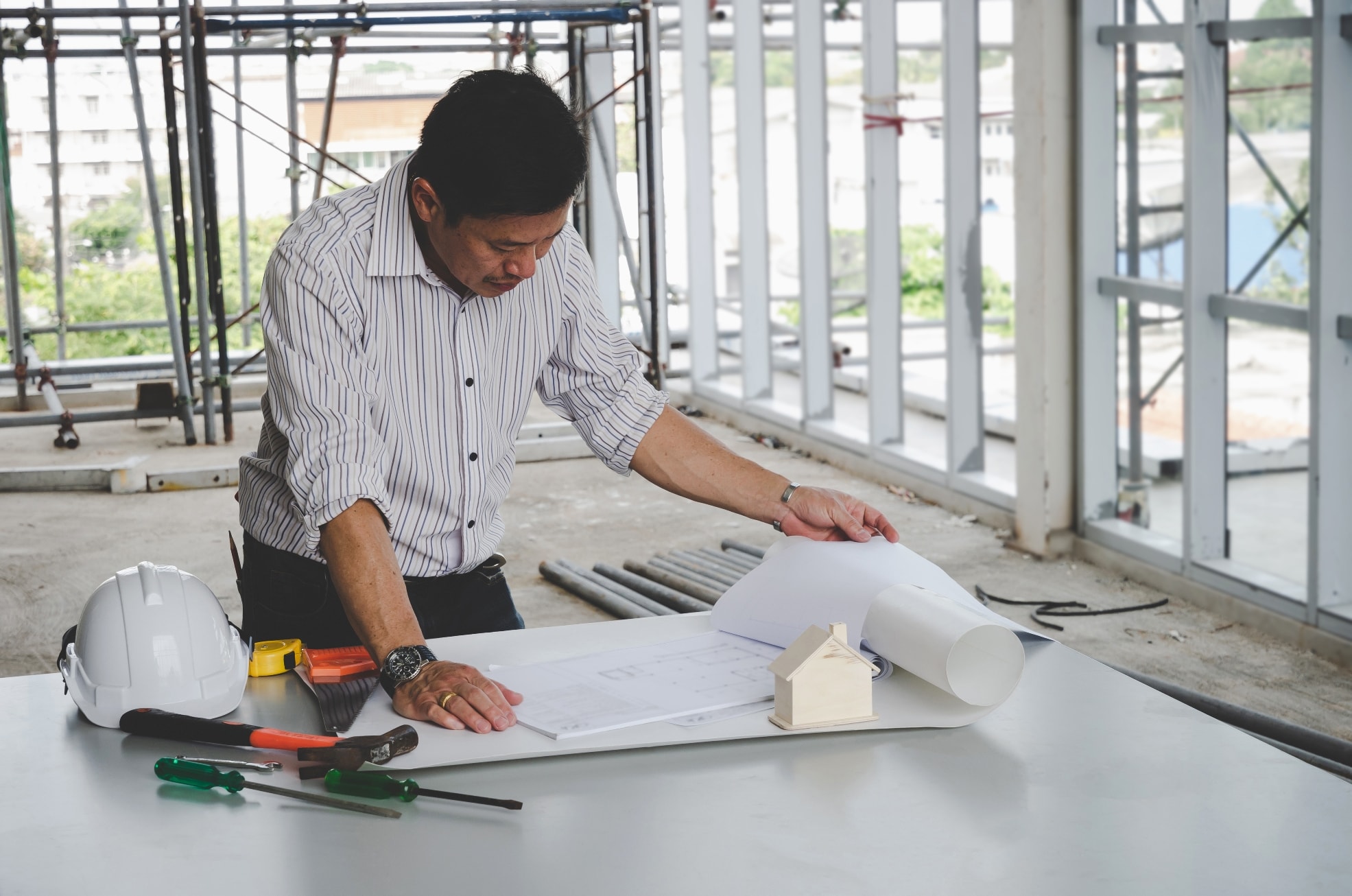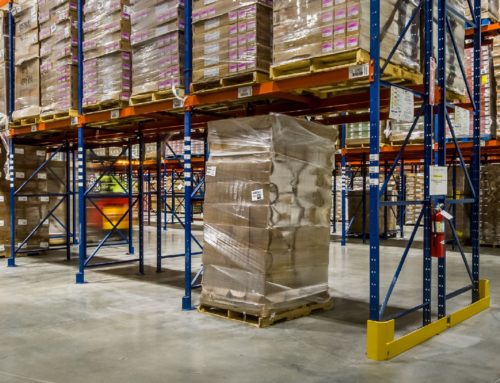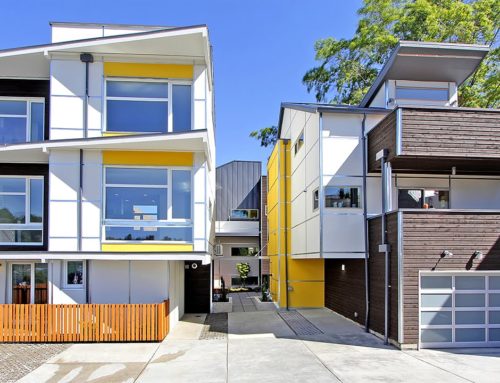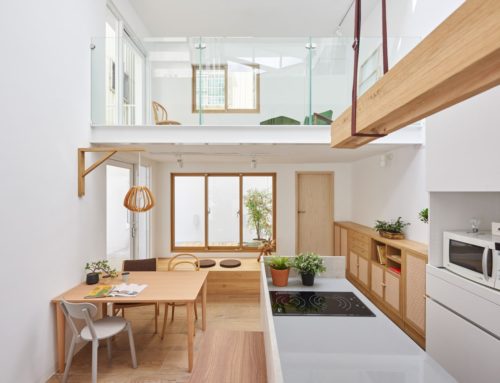Construction projects is one of the leaders in occupational accidents in the Philippines. Most of these cases occur as a result of common situations on the construction site, such as lack of training and non-use of personal protective equipment (PPE). This type of negligence increases the chances of hazards which in some cases can even be fatal.
With this, risk management in construction is needed. RMJE is one of the construction company in the Philippines that seek to reduce or eradicate situations that cause the most common risks by complying with the requirements and measures set forth in regulatory standards, also known as NRs.
Want to know the main risks in constructions and the main safety measures we implement at RMJE to avoid it? Here are some of them,
Level drops
Many construction activities require activities at height – and this is a major cause of accidents and deaths. Whether on scaffolding, other equipment or performing activities on the upper floors, all employees must have appropriate PPE and must be trained for work at height.
Electric shocks
Most construction works involve electricity. The wires may be exposed and cause shock, either by direct contact with workers or by contact with water. The law aims to regulate activities involving electricity, indicating the necessary safety measures and equipment for services involving electric energy.
RMJE Construction Services Corporation is a construction company Philippines that specialize in Electrical installation and maintenance and all our workers are experienced and certified to do electrical works.
Use of machines and tools without proper protection
There are several machines and tools in the works – such as circular saws, jackhammers, drills, hammers etc. When handled improperly and without training, many accidents and even fatalities can happen.
To avoid any kind of incident, the employee must be trained and given the necessary PPE as specified with the prevention of accidents with machinery and equipment .
Falling materials
At a construction site it is common to have cranes, load lifts, scaffolding and other equipment. Many of these are constantly loaded with materials, tools and accessories, which can cause materials to fall.
Even lightweight material, when dropped from a high height and at high speed, generates a high impact and can cause serious accidents. Therefore, helmet use is mandatory within a construction site and can save lives.
Breathing problems, allergies and dermatitis
Another routine activity in the works is the preparation of mortars and concrete, which is the main component of cement. Cement is a fine powder that is easily inhaled and can cause serious breathing problems.
The direct contact of the skin with the various types of mortars, paints, solvents, acids and other materials used in works, often causes allergies, dermatitis and even burns. To avoid these problems, it is important to wear a mask and goggles, appropriate pants, shirts and gloves.
Hearing Loss
There are many machines and equipment present in a work. Often they are used directly by some worker for many hours straight. In some cases, this may cause hearing loss due to excessive noise.
This problem has no cure and is a result of continuous exposure to:
– high sound pressure levels;
– metals such as lead, arsenic, manganese, cobalt and mercury;
– choking gases such as butyl nitrate, carbon monoxide and cyanide;
– organic solvents such as xylene, tulene, carbon disulfide, styrene, n-hexane, trichlorethylene and butanol.
Therefore, to avoid hearing damage, construction workers should use the shell or plug hearing protectors – depending on the type of exposure a worker may suffer.
Contact with or exposure to foreign bodies
It is common to find spiders, scorpions, bees, wasps, ants, snakes, among other animals that can put workers at risk. Therefore, it is essential to analyze the environment first before proceeding in construction, checking if there are any of these animals, provide and charge the use of PPE that will help in protection against contact and bites.
How are risks classified?
The risk is classified into five groups. Each follows a standard color across all companies for easy identification.
Group 1 (green) – Physical hazards: humidity, noise, temperature and pressure to which workers will be exposed.
Group 2 (red) – Chemical hazards: dust, vapors and other agents which may be inhaled by workers.
Group 3 (brown) – Biological hazards: bacteria, parasites and fungi, which may come into contact with workers.
Group 4 (yellow) – Ergonomic hazards: These relate to situations such as repetitive activities, inappropriate use of equipment, monotony, among others, which can affect workers’ health and cause discomfort.
Group 5 (blue) – Accident Hazards: These relate to machinery and equipment without proper protection, which may affect the physical integrity of the workers.
How to avoid these risks in a work?
Firstly, it is essential to identify what are the dangers present on the construction site, what are the planned activities, the materials to be used, as well as the machines and tools and equipment that will be needed.
In this way, it will be possible to adopt the measures contained in the NRs and establish internal controls. The following are some key measures to reduce all risks.
Conduct training
Many accidents result from lack of knowledge and training. A professional who will work at height or electricity and is trained, knows the necessary precautions and what to do in case of problems. The training is a proven effective way to reduce and even prevent accidents in the construction works.
Signal the risk of the environment
Hazardous signaling in environments is specified in NRs and is very important for workplace safety to be achieved. The signs inform the risk agents and which places need the most attention, indicating the risks present there. In addition, they also inform safety measures established for the risk in question.
Use of Personal Protective Equipment (PPE)
Throughout all risks above, several PPE was mentioned that should be used to prevent accidents. It is not enough just to provide, it is necessary to establish internal rules and procedures regarding the use and care of PPE, always following the NR 6.
Follow Regulatory Standards (NR)
The NRs present the procedures that must be followed to avoid the risks mentioned. For each risk, there is usually an NR that proposes measures that should be performed, such as training and use of PPE, among others.
Identifying construction risks is a very important step, but monitoring them is also essential. A construction company in the Philippines should always update the list and check for possible errors and improvements that are needed to avoid accidents and other situations that may endanger the lives of workers. Remember, creating a safety culture is critical to the success of any business.







